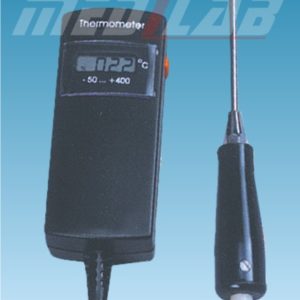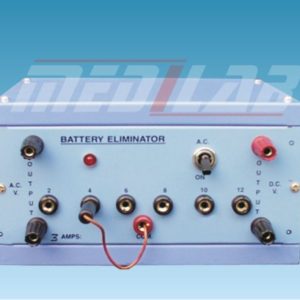Description
Hall effect experiment is a fundamental experiment in physics that demonstrates the existence of the Hall effect, which is the production of a voltage perpendicular to a current in a magnetic field. It is named after American physicist Edwin Hall, who discovered the effect in 1879.
The Hall effect experiment is performed using a thin, flat conductor, typically a semiconductor material such as silicon or germanium. The conductor is placed in a magnetic field that is perpendicular to the plane of the conductor. A current is passed through the conductor, and the voltage across the conductor is measured perpendicular to both the current and the magnetic field.
The voltage measured across the conductor is proportional to the strength of the magnetic field and the current flowing through the conductor and is known as the Hall voltage. The Hall effect can be used to measure the strength of magnetic fields, the carrier concentration and mobility of charge carriers in a material, and the sign of charge carriers.
The Hall effect is widely used in many applications, such as in magnetic field sensors, magnetometers, and the measurement of the electrical properties of semiconductors and metals. The Hall effect is also important in the study of solid-state physics, as it provides insights into the behavior of electrons in materials and the properties of the electronic band structure.







